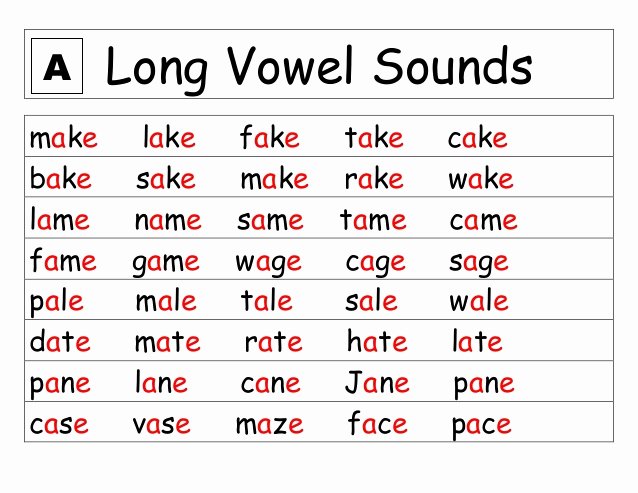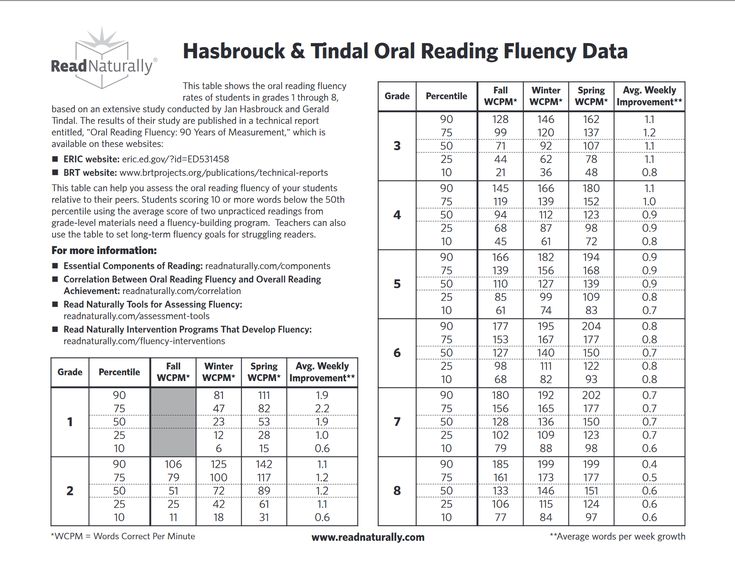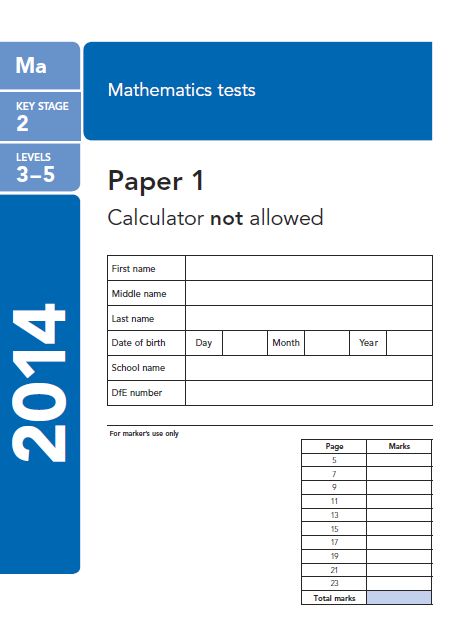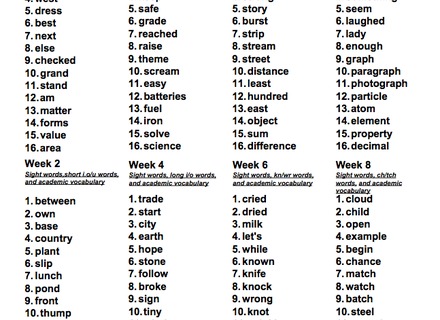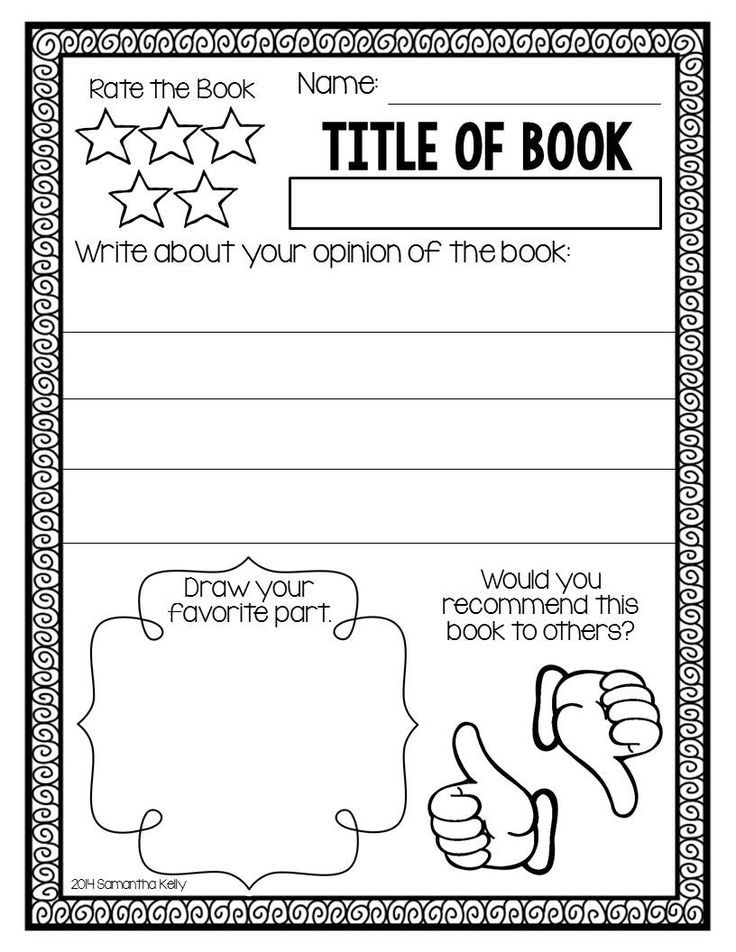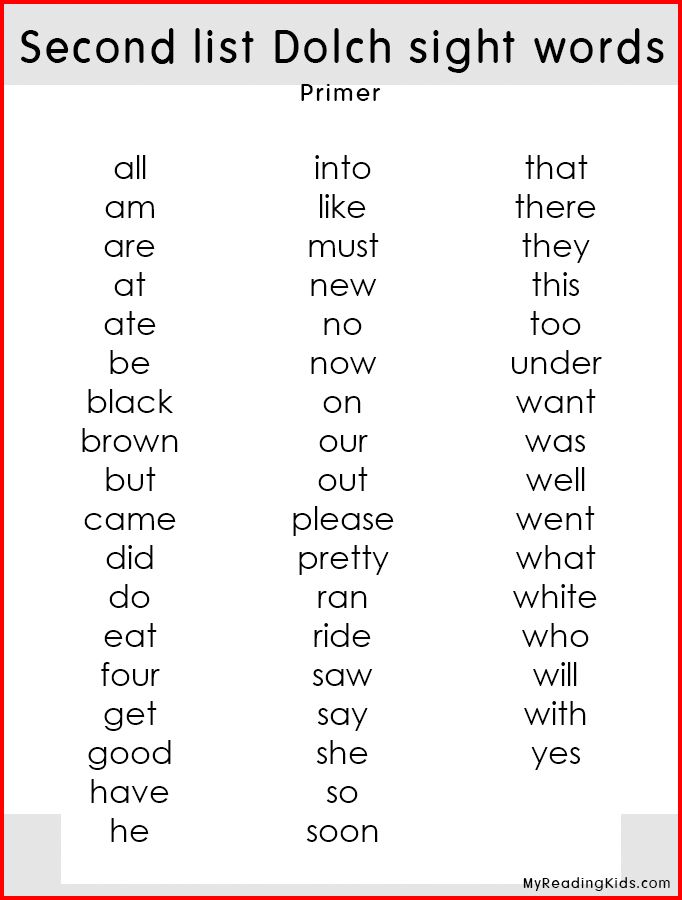Rules for short and long vowels
All About Short and Long Vowel Sounds for Preschoolers
Have you ever wondered or been asked by your child why ‘a’ in ‘cat’ and ‘cake’ sound different? Or why words like ‘cub’ and ‘cube’ are pronounced differently though their spellings are almost similar? Well, you are not alone!
The sounds of the letters of the English alphabet can vary quite a bit. In some cases, it can get tricky. Not all letters make the same sound in all words. Teaching preschoolers to read English can be challenging as the letters can make different sounds depending on how they are used. A case in point is the short and long vowel sounds for preschoolers. Read on to find out how your child can learn vowel sounds and recognize their differences.
Learning short and long vowel sounds- what are they?
Learning phonics sounds is getting to know all about all vowel and consonant sounds that make up the 26 letters of the English alphabet. Each of the 5 vowels (a, e, i, o, u) can make at least 2 sounds. For example, the vowel ‘a’ sounds different in ‘cat’ and ‘cake’. How we spell with vowels does not always determine the sound it makes.
Each vowel makes two sounds- a short sound and a long sound. In some cases, they can be silent too! When a vowel makes the sound of a particular letter, then it is a short sound. However, when the vowel sounds like the letter’s name, then it makes a long sound. The sound the vowel makes depends on its position in the word and the letters that surround it.
For example:- the ‘a’ in ‘fat’ and ‘e’ in ‘bed’ make short vowel sounds. While in ‘fate’ and ‘wheat’ they make the long vowel sounds.
So, based on where and the vowel is placed in a word, its length and sound can change. When teaching preschoolers to read, you must help them understand the rules for what sound the vowels make in different instances. Yes, short and long vowel sounds for kids can be confusing at times. However, regular practice with them to recognize the distinctions will help.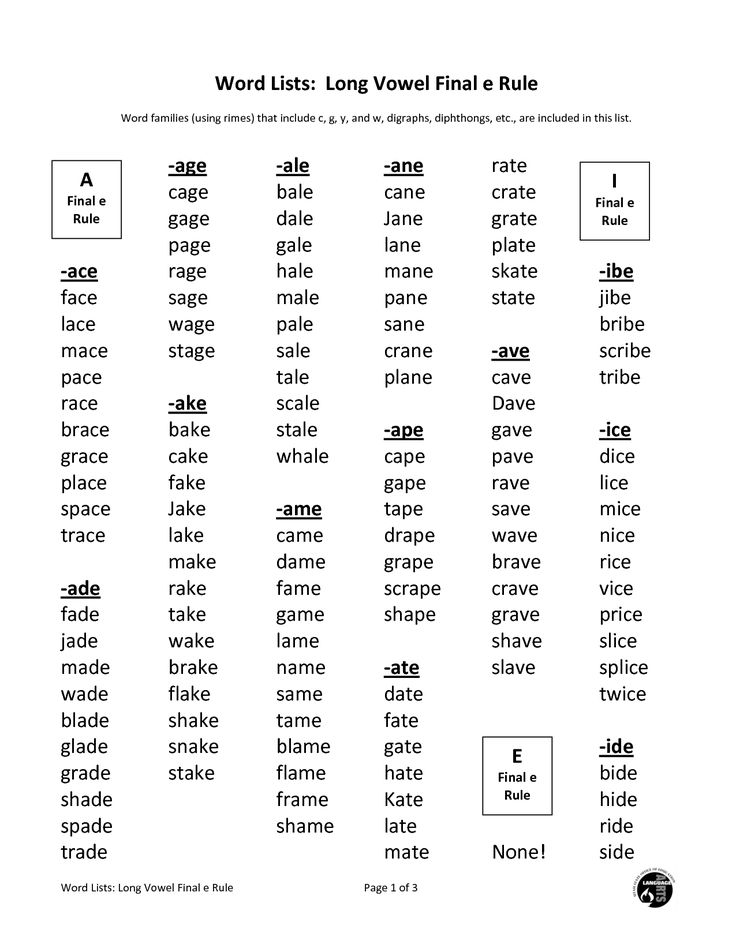
Rules to bear in mind while learning short and long vowel sounds
Here are some basic rules to help you introduce short and long vowel words for preschoolers. Do remember that rules have exceptions too.
Rule No.
Vowel Position
Vowel Sound
Examples
1.
When a word has only one vowel and ends with a consonant
Vowel makes a short sound
‘a’ in ‘jam’
‘e’ in ‘west’
‘o’ in ‘hot’
‘i’ in ‘fish’
‘u’ in ‘cup’
2.
When a word has two vowels separated by two or more letters
The first vowel makes a short sound
as in ‘apple’
as in ‘octopus’
as in ‘basket’
as in ‘elephant’
as in ‘umbrella’
3.
When a word ends with the letter ‘e’ (magic ‘e’/ silent ‘e’)
The first vowel makes a long sound
‘cap’ becomes ‘cape’
‘kit’ becomes ‘kite’
‘tub’ becomes ‘tube’
as in ‘game’
as in ‘time’
4.
When a word has two vowels walking together the first one does
the talking
The first vowel makes a long sound
The second vowel remains silent
as in ‘tie’
as in ‘boat’
as in ‘rain’
as in ‘value’
as in ‘feet’
Here's a long and short vowel sounds list: few more examples
Vowel
Short Vowel
Long Vowel
Aa
‘fat’, ‘map’, ‘hand’, ‘lamp’, ‘glass’
‘fate’, ‘pain’, ‘game’, ‘mail’, ‘whale’
Ee
‘egg’, ‘red’, ‘nest’, ‘bell’, ‘smell’
‘ear’, ‘sea’, ‘heal’, ‘weak’, ‘three’
Ii
‘pig’, ‘rib’, ‘fist’, ‘milk’, ‘swim’
‘hide’, ‘tile’, ‘lime’, ‘wipe’, ‘prize’
Oo
‘fox’, ‘hop’, ‘rod’, ‘drop’, ‘pond’
‘road’, ‘goat’, ‘bone’, ‘note’, ‘roast’
Uu
‘bud’, ‘gun’, ‘hug’, ‘dump’, ‘puff’
‘rule’, ‘true’, ‘dune’, ‘flute’, ‘fruit
Ways to teach short and long vowel soundsHere are some simple long and short vowel activities to introduce and practice the vowel sounds with your kids.
- Fun with Songs
Learning the different vowel sounds can be more fun with songs. They are one of the best ways to teach short and long vowel sounds, as their catchy rhythms can help kids learn vowel sounds and remember them easily. Check out Kutuki’s ‘Short and Long Vowel Song’ . This song is great for kids learning short and long vowel sounds.
For more such fun and engaging songs, download the Kutuki kids learning app now!
- Use hand motions or movements
Use simple gestures for every vowel. This can help kids associate the vowels with the motions and the sound they are making. In addition to working on their muscle memory, the kinesthetic activity makes learning more engaging for kids. For instance, have your child bend their knees when they hear a short vowel sound. For a long vowel sound, ask them to jump up and clap.
- Mark the vowels
It is useful to place a mark on top of the vowels. It indicates the vowel sound to be used. For instance, a short vowel sound is indicated by a curved symbol above the vowel-like ‘ă’ in ‘măn’. While a long vowel sound is represented by a small horizontal line above it, like ‘ā’ in ‘māin’. Such symbols will reinforce your kid’s ability to recognize and use the appropriate vowel sound effectively.
It indicates the vowel sound to be used. For instance, a short vowel sound is indicated by a curved symbol above the vowel-like ‘ă’ in ‘măn’. While a long vowel sound is represented by a small horizontal line above it, like ‘ā’ in ‘māin’. Such symbols will reinforce your kid’s ability to recognize and use the appropriate vowel sound effectively.
- Create Practice Sheets
Have your child practice the short and long vowel sounds using activity sheets. These help kids recognize, understand, and distinguish words with a long vowel sound from those with a short vowel sound.
Please Note: These worksheets are subject to copyright. They are exclusively available only for students enrolled in Kutuki’s Phonics Program.
Kutuki’s Live Phonics Program has an extensive collection of such worksheets. For instance, one such activity has kids circle given pictures that match the vowel sound. While another, have them add magic ‘e’ to the given word and match the word with the right image.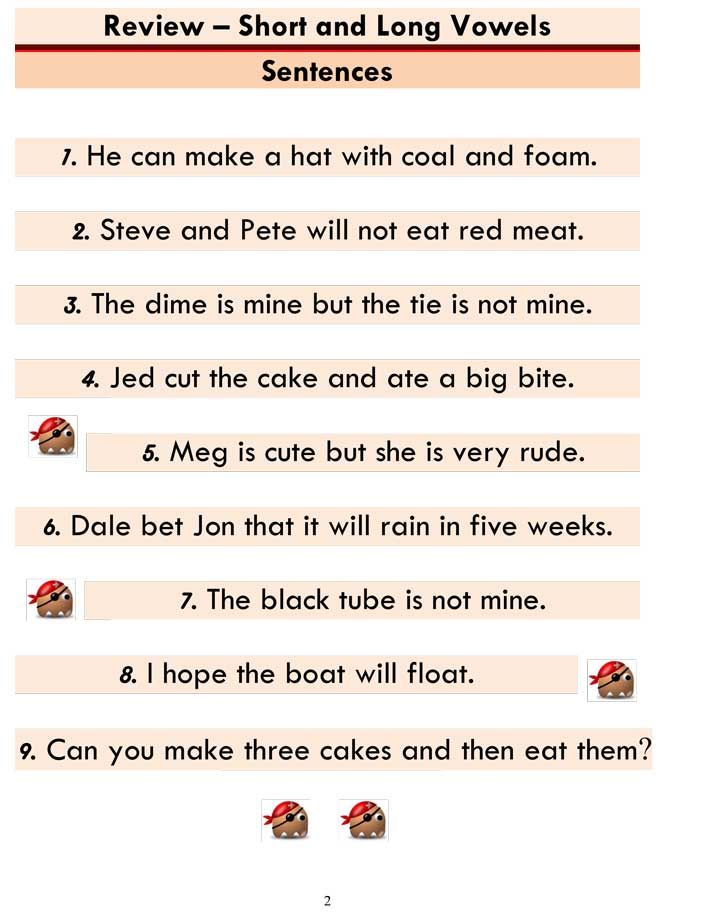
These are just a few activities to help you get started with short and long vowel sounds for preschoolers. If your child is struggling to learn vowel sounds, do not stress or overwhelm the child about it. Remember, every child learns at their own pace!
If you are looking for expert guidance on phonics for your child, enroll in Kutuki’s Live Phonics Program today. 1000s of students have become active readers. Your child could too! The Kutuki kids learning app offers interactive stories, engaging rhymes, and games with attractive animations and illustrations to meet the learning needs of preschoolers
Rules for Long and Short Vowels
SOLACE POWELL
VOCAB
In the classroom, students learn a large number of vocabulary words. Because it is impossible to teach anyone to properly pronounce and spell every word they will use, teaching them the basic phonic sounds are important. Learning to recognize the sounds constants and vowels makes is especially important in reading and learning to spell.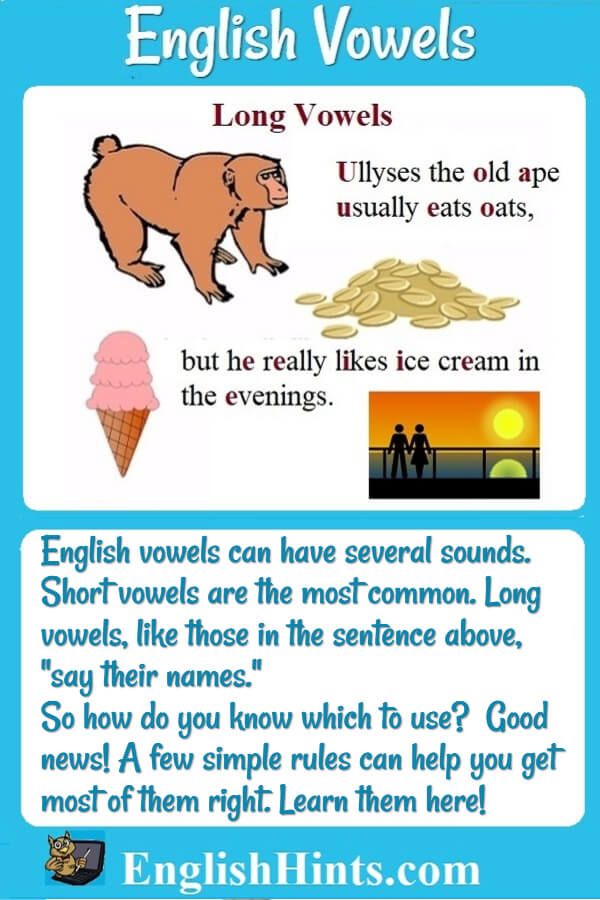
Explore this article
- Long Vowel Sounds
- Short Vowel Sounds
- Long and Short Vowel Sounds
- Irregular Vowels
1 Long Vowel Sounds
A long vowel is a vowel that says its name. Some words or syllables that end in a vowels, such as hi, knee, no and she, sound like their name. There are exceptions to every rule, and "do" and "to" are two exceptions to this rule. When followed by at least two constants, the vowels "i" and "o" have the long vowel sound. Example words are child, hold, post and kind.
Two vowels side by side in the same word says the name of the first vowel. The second vowel is silent. Some example words are gate, made, seal, teen, mile, rise, spoke, flow, use and mule.
Vocabulary Builder
2 Short Vowel Sounds
A short vowel is identified in two ways. The vowel is usually the only vowel in the word and the vowel is between two constants.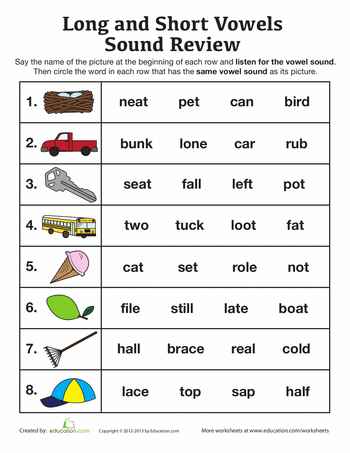 Sometimes the vowel begins the words. Some example words include: ant, van, egg, bed, pill, rib, God, pot, cup and pump. Words ending in "ck" usually make the short vowel sound. Words such as black, knock, thick and pluck.
Sometimes the vowel begins the words. Some example words include: ant, van, egg, bed, pill, rib, God, pot, cup and pump. Words ending in "ck" usually make the short vowel sound. Words such as black, knock, thick and pluck.
3 Long and Short Vowel Sounds
The double "o" combination has both short and long vowel sounds. The sound depends on the word. In "book" and "took," the double "o" has a short sound. In boo, food and smooth, the double "o" has a long vowel sound. The double "o" homophone is easily mistaken with the "ou," "ui," "ue," and "ew" combinations, which makes the same sound. Example words are soup, fruit, ruler, blue and screw.
4 Irregular Vowels
Certain vowels do not follow the rule for long and short vowels. For example, when the vowel "o" is followed by "i," the two-vowel rule is not followed, as in "boil." Ending the "io" combination with an "n," and beginning the combination with an "s", "t" or "c" changes the pronunciation to "shun.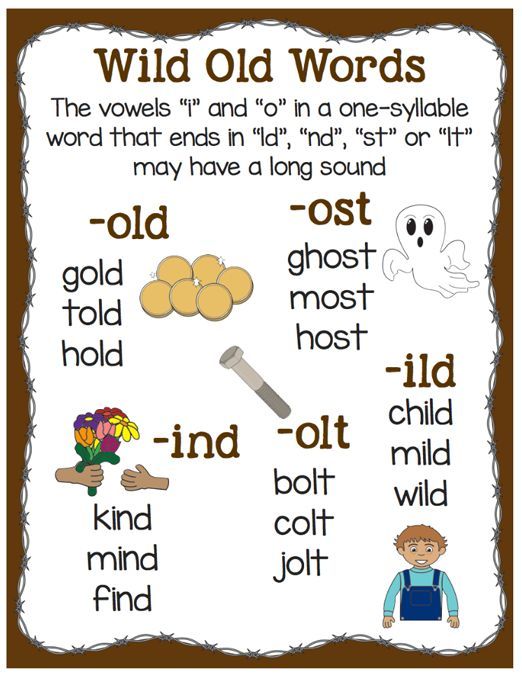 " An "e" that is followed by a "d" makes one of three sounds. Example words are: lifted, played and walked. The rules of long and short vowels does not apply to words ending in "igh," such as thigh, light, high, and sigh. Because the combination "ough" makes at least seven different sounds, it falls under irregular verbs. The different sounds are heard in the following words: bough, cough, hough, tough, through, thought and through.
" An "e" that is followed by a "d" makes one of three sounds. Example words are: lifted, played and walked. The rules of long and short vowels does not apply to words ending in "igh," such as thigh, light, high, and sigh. Because the combination "ough" makes at least seven different sounds, it falls under irregular verbs. The different sounds are heard in the following words: bough, cough, hough, tough, through, thought and through.
references
- 1 SpellZone: Unit 13H: Homophones for Unit 13
About the Author
Solace Powell began professionally writing in 1998. Her articles have appeared in "The Comet," "The Mace and Crown" and "The Courier." Powell received her Bachelor of Science in engineering from Old Dominion University.
Related Articles
Long Vowel Sound Rules
What Are VCCCV Pattern Words?
List of Onset-Rime Phonics
Singular and Plural Rules
The Meaning of the Om Symbol
How to Divide English Words Into Syllables
Difference Between Long Vowels and Short Vowels in.
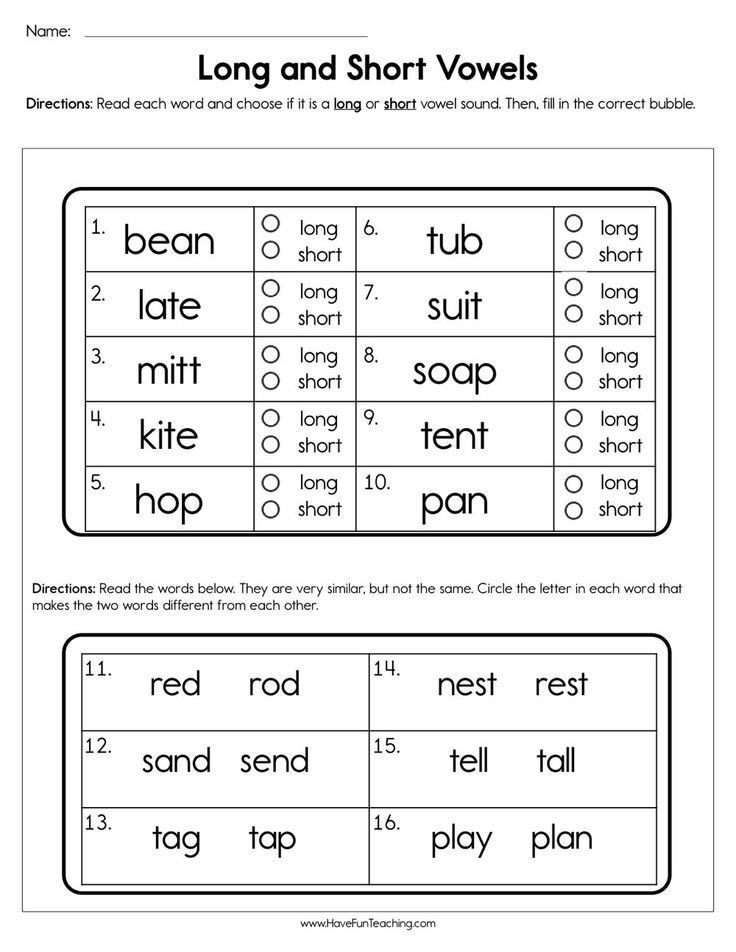 ..
.. What Are Phonemic Awareness Activities in 3rd Grade?
Rules of Consonant Blends
How to Learn Phonics for Adults
How to Say "Beautiful" in Japanese
Rules for Short Vowel Sounds
How to Use Nauseated and Nauseous Correctly
Proper Use of Apostrophes
How to Use Apostrophes in Contractions, Possessive...
How to Teach Phonics Using Ba, Be, Bi, Bo, Bu Sounds
How to Alphabetize Names With Hyphens
What Does Witch Hazel Do to the Face During a Facial...
How to Clean an Amethyst Ring
What Is the Difference Between an Open & a Closed Syllable?
Long and short vowels in English
Longitude is one of the characteristics of a vowel sound, which shows the relative duration of its sound compared to other sounds.
Longitude can be positional and phonemic. In the first case, the duration of the vowel depends on the position in the word and stress, while this characteristic does not affect the meaning. The phonemic length of a vowel has a semantic function, that is, depending on the length of the sound, the meaning of the word changes.
The phonemic length of a vowel has a semantic function, that is, depending on the length of the sound, the meaning of the word changes.
Length of vowel sounds in English
In Russian, the length of vowel sounds does not affect the meaning of words and changes only depending on stress. In English, vowels differ not only in positional but also in phonemic length. This means that long and short sounds, similar in other characteristics, represent different phonemes. Words that differ only in these phonemes have different meanings: ship - sheep , fit - feet , pull - pool . Therefore, it is so important to pronounce long and short sounds correctly.
In transcription, long vowels are indicated with a colon: [i:], [α:], [ɔ:], [u:], [ә:]. In some cases, long vowels in an unstressed position are reduced and become semi-long, which in transcription is indicated by one dot from above: [α ].
The long vowels listed above are opposed to short vowels, forming the following pairs in English:
- [i:] - [ı]
- [uː] - [u]
- [ɔ:] - [ɒ]
- [α:] - [ʌ]
- [ә:] - [ə]
The pronunciation of long and short English vowels often causes difficulties for Russian learners of English, since in Russian vowels do not have phonemic longitude, and we are not used to distinguishing the length of a vowel sound by ear.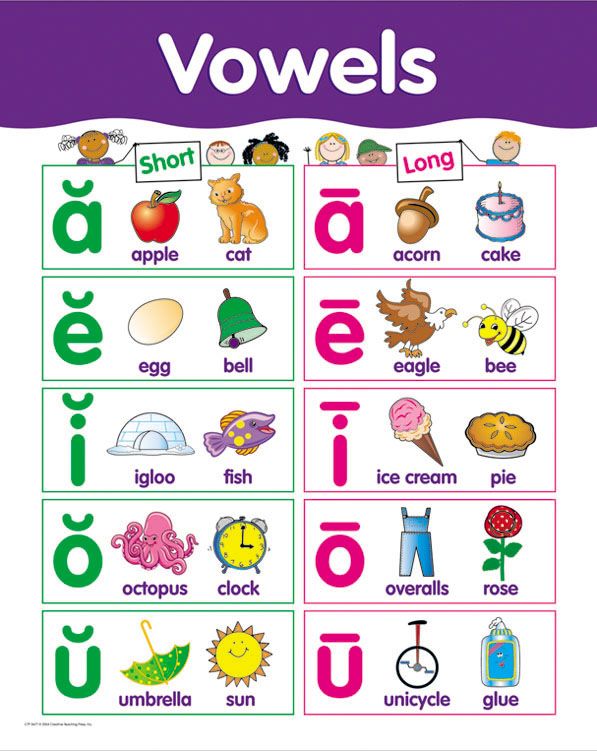 We often do not hear the difference between long and short vowels when listening to English speech. It is still not clear how long you need to draw a sound when speaking, so very unnatural, or almost inaudible, or too long vowels are obtained. It is impossible to correctly pronounce short and long sounds so that a native speaker hears the difference, even if you diligently shorten short vowels and stretch out long ones.
We often do not hear the difference between long and short vowels when listening to English speech. It is still not clear how long you need to draw a sound when speaking, so very unnatural, or almost inaudible, or too long vowels are obtained. It is impossible to correctly pronounce short and long sounds so that a native speaker hears the difference, even if you diligently shorten short vowels and stretch out long ones.
Sometimes it seems that native speakers themselves do not know the difference between short and long sounds, they seem to pronounce them the same way - but they themselves understand each other. But it's not. Let's see what are the differences between long and short English vowels, how to learn to hear them and how to train their pronunciation.
Differences between long and short English sounds
It is logical to assume that if vowels are called long or short, they differ in sound length. This is the main difference between them, but not the only one. It is important to understand that long and short sounds have other differences, which consist in articulatory features. This means that the sounds are not just of different lengths, they are also different in sound. And most often it is these articulatory features that determine the length of the vowel sound: the duration of the sound depends on the position of the tongue and the tension of the vocal apparatus.
It is important to understand that long and short sounds have other differences, which consist in articulatory features. This means that the sounds are not just of different lengths, they are also different in sound. And most often it is these articulatory features that determine the length of the vowel sound: the duration of the sound depends on the position of the tongue and the tension of the vocal apparatus.
Long and short English vowels differ in such a characteristic as tension. Long vowels are tense, in English they are also called tense . When they are pronounced, the root of the tongue seems to be tense, under tension. The sound is pronounced, bright, rich, clear.
Short vowels are called lax – relaxed. The tongue in the region of the root is relaxed, the vowel sound is articulated quickly, easily, without additional effort, as if bursting. It turns out short, inconspicuous, faded and fuzzy.
Qualitative differences in sounds in different pairs of English vowels range from pronounced to almost imperceptible.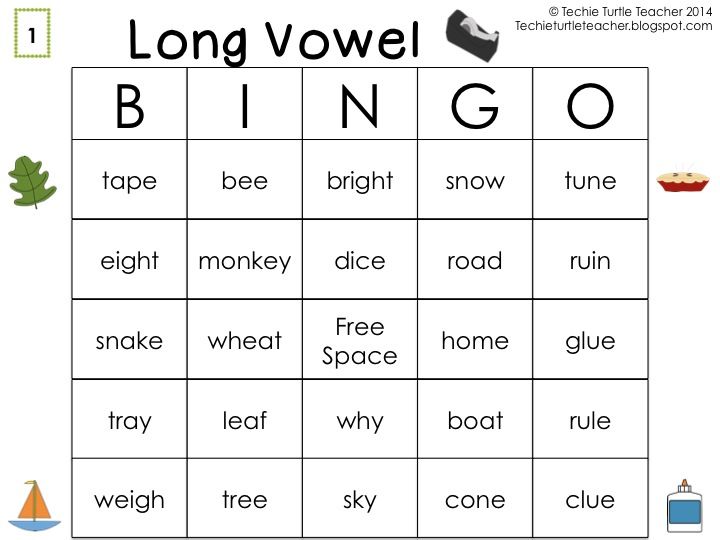 It is easy to notice the difference between long and short sounds a: pay attention to how the words cart and cut are pronounced, they differ not only in duration, but also in sound. But the differences between long and short u are almost imperceptible: pool and pull sound very similar, only slightly different in length. The Scots generally pronounce them the same way, differing only in context.
It is easy to notice the difference between long and short sounds a: pay attention to how the words cart and cut are pronounced, they differ not only in duration, but also in sound. But the differences between long and short u are almost imperceptible: pool and pull sound very similar, only slightly different in length. The Scots generally pronounce them the same way, differing only in context.
In addition, the duration of the pronunciation of vowels is also affected by positional longitude - for example, stressed or unstressed position in a word. As a result, a short vowel sound in one word may sound longer than a long sound in another word.
Thus, it is not enough to rely only on the subjective duration of a vowel sound. All the features of short and long vowels described above must be taken into account when learning English. It remains to understand how to master the pronunciation of long and short sounds in practice.
How to learn to pronounce long and short English vowels
The main mistake foreigners make when pronouncing long and short English sounds is focusing only on duration.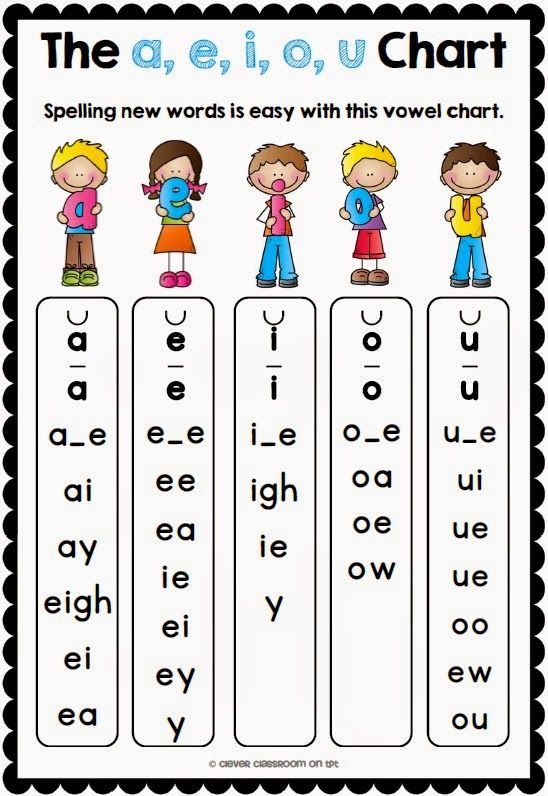 But with this approach, it is intuitively incomprehensible where the boundary between a long and a short sound passes: you can’t measure the length of a sound with a stopwatch. When trying to artificially lengthen or shorten a vowel, the sounds are unnaturally short or drawn out.
But with this approach, it is intuitively incomprehensible where the boundary between a long and a short sound passes: you can’t measure the length of a sound with a stopwatch. When trying to artificially lengthen or shorten a vowel, the sounds are unnaturally short or drawn out.
To learn how to pronounce long and short English sounds, you need to forget about the usual terminology "long" and "short". Try not to think about the duration of the sound at all. To correctly pronounce long and short vowels, you need to focus on their articulation, and not on duration. If we correctly reproduce the pronunciation of the vowel, then the duration will turn out to be correct automatically. Remember that long vowels require more tension at the root of the tongue, while short ones are pronounced without additional effort, easily and without tension.
Pay attention to how native speakers pronounce vowels - don't watch how long they draw them out, but watch the pronunciation, the articulation, the quality of the sound.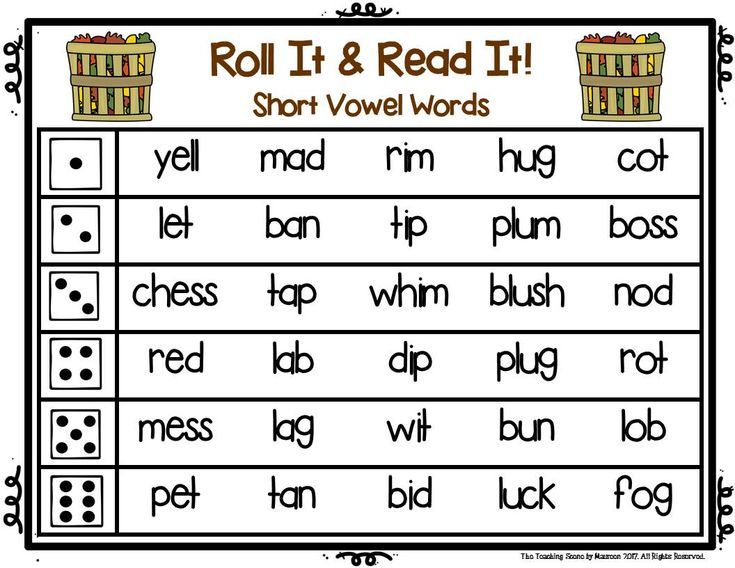 Repeat, imitate, practice. For practice, it is best to use video lessons or a conversation with a native speaker, since audio materials do not make it possible to see articulation.
Repeat, imitate, practice. For practice, it is best to use video lessons or a conversation with a native speaker, since audio materials do not make it possible to see articulation.
It is best to train long and short sounds not separately, but as part of words. First, this way you will note the influence of positional longitude on the duration of the sound in specific examples. Secondly, just as words are best learned in context, sounds are also best learned in the environment.
Practice pronunciation of long and short vowels in pairs of words to notice the difference between sounds, for example:
- Sport – hot
- Arm-cut
- See-hit
- Food-put
- Fur – ago
When you learn how to pronounce long and short vowels correctly in English, it will become easy to distinguish between them in speech. When listening to speech, forget about the differences in duration, pay attention to the qualitative differences in sounds - how intensely the vowel is pronounced, how bright or faded it sounds, how pairs of sounds differ from each other, except for duration.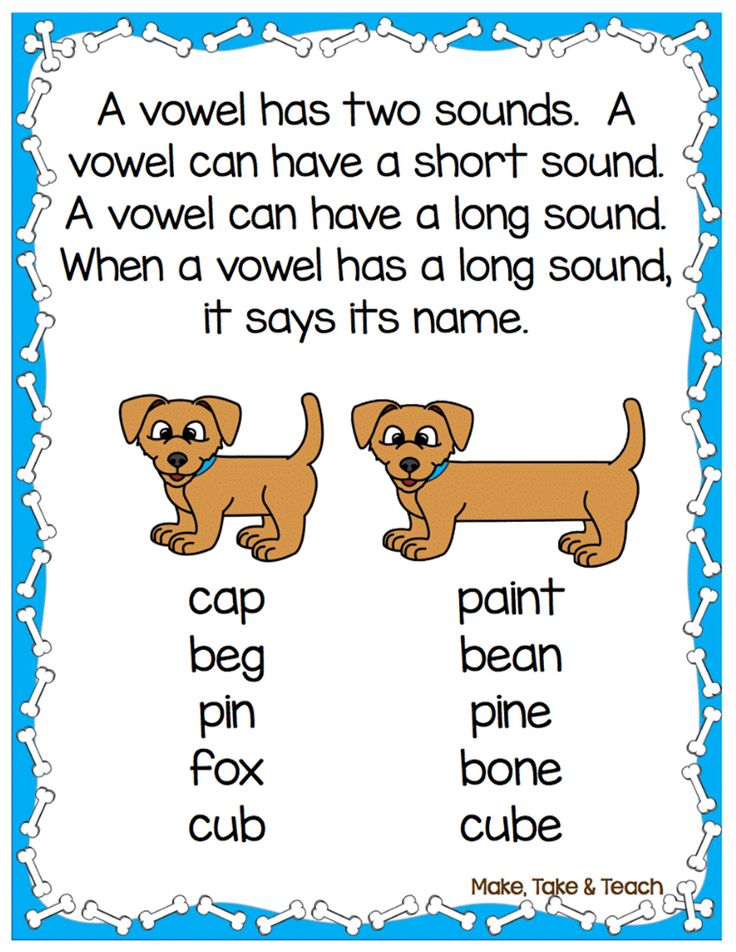
Long and short vowels in German: long and short sounds
Photo: suju / pixabay.com
So, voiceless and voiced consonants can form pairs. What about vowels? Of course, vowels cannot be voiceless or voiced, but they can be pronounced long or short and form pairs in longitude. Let's see how it works in German!
What are long and short vowels for?
In modern Russian and most Slavic languages, all vowels are pronounced short, and their lengthening may seem strange or even funny to us (for example, in Finnish or Estonian).
Long and short vowels are common in German and English. Their sound is not as noticeable as in the languages from the example above, but it is extremely important in conversation and perception of oral speech. The thing is that two words that are completely different in meaning can differ in a single, long or briefly pronounced letter.
For example:
Long and short vowels in German: basic rules
There are a whole bunch of rules on this topic that have one thing in common: it seems incredible to fit them in your head and apply them.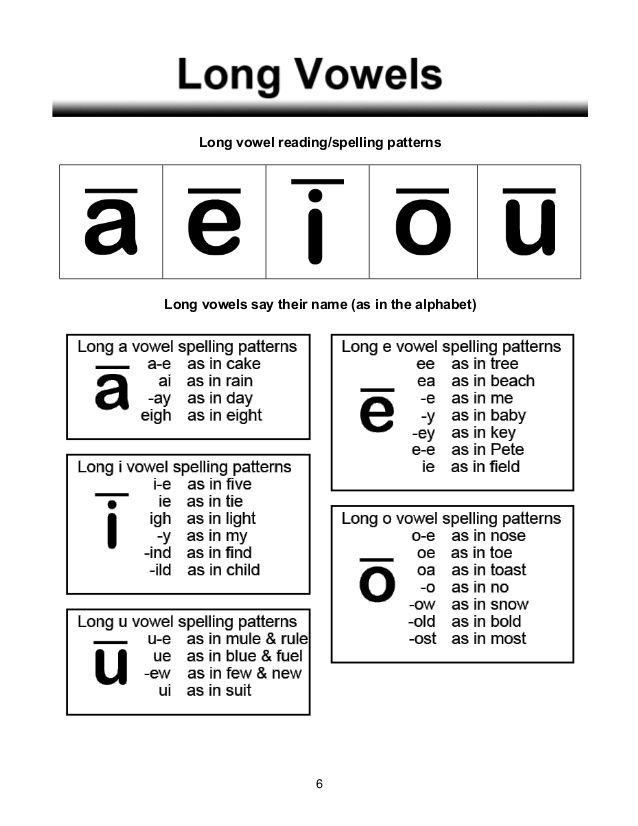 Let's try to figure it out so that you remember most of it the first time!
Let's try to figure it out so that you remember most of it the first time!
Long and short vowels in stressed and unstressed syllables
Stress/unstress can be used as a basic rule for determining vowel length. Stressed vowels are usually long, unstressed - short. This dependency seems perfect! In fact both long and short vowels can be stressed or unstressed. When determining the length of a vowel, not only the stress is important, but also the openness/closedness of the syllable.
Long and short vowels in open and closed syllables
Depending on what letter the syllable ends with, it can be classified into one of three categories:
- Open - end in a vowel (Ma | ma, Pa | pa) open" when changing the form of the word, for example in the plural (Bal | kon - Bal | ko | ne)
- Closed - end in a consonant (Klas | se, Mund)
Vowels in open and conditionally closed syllables are usually long . In closed - short. To summarize:
To summarize:
- Stressed vowels in open and closed syllables are long, and unstressed vowels are short.
- Vowels in closed syllables, regardless of stress, are short.
Long vowels in German: when?
In order not to bother with special cases, let's take the rules with the "maximum guarantee". German vowels are always pronounced long:
- When they are doubled: -aa-, -ee-, -oo- (-uu- and -ii- are rare, usually in compound words, double umlauts do not occur at all)
- Before “mute “H” (such an “H” is not pronounced, but only gives a long vowel)
- Before ß
- In letter combinations -ie-, -ieh-
- In monosyllabic, invariable words ending in “R”
- Stressed open syllable
- Stressed closed syllable
Good news! 4 rules out of 7 are easy to recognize in the text, and the rest after a little training will begin to be used intuitively.
Let's look at examples of how and when long German vowels are pronounced.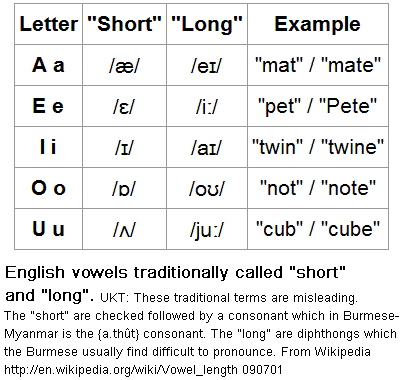 In the table below, for each word, two Russian transcriptions will be given: correct and incorrect. Having said both, you can in practice compare the sound of words and feel in what situations a long vowel occurs.
In the table below, for each word, two Russian transcriptions will be given: correct and incorrect. Having said both, you can in practice compare the sound of words and feel in what situations a long vowel occurs.
Short vowels in German: when?
Long vowels are clear, let's move on to short ones. There are only three basic rules at work here. German vowels are read briefly:
- In a closed syllable
- If they are followed by two or more consonants (that is, before letter combinations like -ch-, -sch-, -ck-, doubled and any other consonants that follow each other after another)
- Before the letter “X” - [x] (since “X” is read as [ks], formally this rule can be attributed to the previous one)
Consider short vowels with examples. As in the previous table, each word has one correct and one incorrect transcription.
Long and short vowels in monosyllabic words - a controversial case
In addition to monosyllabic words ending in "R" (with long vowels), there are many other short words in German in which only one consonant follows a vowel. It can be articles, adjectives, nouns and other parts of speech. For example: dem, gut, Lid, Typ.
It can be articles, adjectives, nouns and other parts of speech. For example: dem, gut, Lid, Typ.
On the one hand, these are closed syllables, which means that the vowels in them are short. But it's not! There is no need to memorize anything here, you just need to understand that in such words both short and long vowel sounds can occur.
How to pronounce long and short vowels?
There is no secret here! Long vowels are pronounced longer than short vowels. That's why "you're not speaking correctly because my [a:] is longer than yours" doesn't work here.😎
The pronunciation of long and short vowels depends entirely on the speech apparatus, accent, dialect used, and other little things. Someone likes to "pull" sounds and even short letters sound like long ones. Someone pronounces short vowels so abruptly that long vowels sound like ordinary ones.
In general, as you like. The most important thing is that the difference between long and short sounds can be heard in speech.